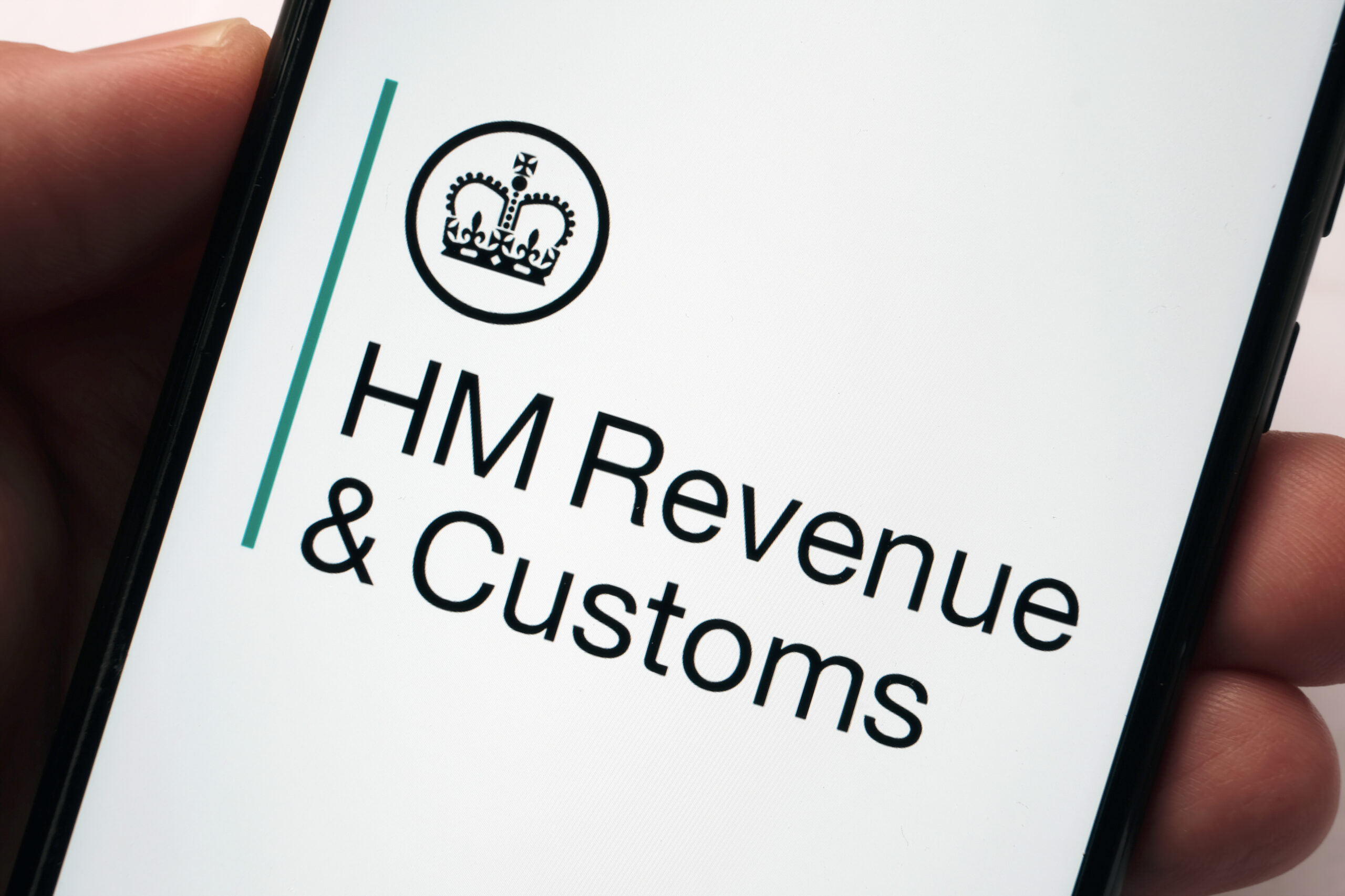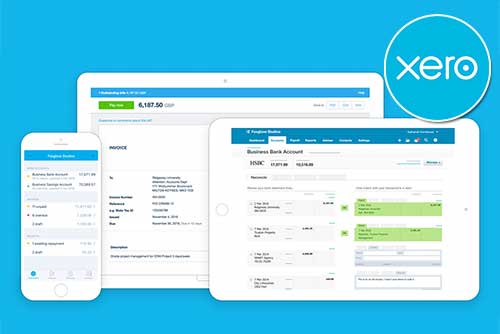Understanding the Accounting Equation: A Comprehensive Guide
The accounting equation encapsulates the basic principle of the dual aspect of accounting, outlining the relationship between a company’s assets, liabilities, and owner’s equity. Mastery of this equation is fundamental for anyone involved in finance, accounting, or business management.
In this comprehensive guide, we explore the accounting equation’s intricacies, including its components, significance, and practical applications.
What is the Accounting Equation?
The accounting equation, also known as the balance sheet equation, is a fundamental principle in accounting that represents the relationship between a company’s assets, liabilities, and owner’s equity.
It is expressed as:
Assets = Liabilities + Owner’s Equity
The equation illustrates that a company’s assets, or resources it owns or controls, are financed either by borrowing money (liabilities) or by the owners’ investments in the business (owner’s equity).
Here’s a breakdown of each component:
- Assets: These are economic resources that a company owns or controls and can use to generate future economic benefits. Assets can be tangible, such as cash, inventory, equipment, and property, or intangible, such as patents, trademarks, and goodwill.
- Liabilities: Liabilities represent the company’s obligations to external parties, such as creditors, suppliers, and lenders. These obligations arise from borrowing money, purchasing goods or services on credit, or other contractual agreements.
- Owner’s Equity: Owner’s equity represents the residual interest in the company’s assets after deducting its liabilities.
The accounting equation must always balance, meaning that the total value of assets equals the total value of liabilities plus owner’s equity. This balance ensures that the company’s resources are effectively utilised and financed.
What is the Expanded Accounting Equation?
The expanded accounting equation provides a more detailed representation of the relationship between a company’s assets, liabilities, and owner’s equity by breaking down each component into subcategories. It reflects the company’s operating activities (revenues and expenses), financing activities (liabilities and owner’s equity), and distribution of profits (dividends).
The expanded accounting equation is expressed as follows:
Assets = Liabilities + Owner’s Equity + Revenues – Expenses – Dividends
- Revenues: Revenues are the income generated by the company from its primary business activities, such as sales of goods or services.
- Expenses: Expenses are the costs incurred by the company in the process of generating revenues and operating its business.
- Dividends: Dividends are distributions of profits to the company’s owners (shareholders).
What is the Dual Aspect of Accounting?
The accounting equation reflects the dual aspect of accounting, where every transaction impacts at least two accounts, ensuring the equation always balances.
For example, if a business purchases a piece of equipment, it increases its assets, but simultaneously, it may increase its liabilities if the equipment was bought on credit, or decrease its equity if it was paid for with the company’s funds.
The Significance of the Accounting Equation
The accounting equation is important for several reasons:
Foundation of Financial Reporting
The accounting equation serves as the foundation for preparing financial statements, particularly the balance sheet. The balance sheet provides a snapshot of a company’s financial position at a specific point in time, showing the relationship between its assets, liabilities, and owner’s equity. By understanding the accounting equation, stakeholders can interpret the balance sheet accurately and assess the company’s financial health.
Ensures Accuracy and Integrity
The equation must always remain in balance, with the total value of assets equaling the total value of liabilities plus owner’s equity. This balance ensures accuracy in financial records and transactions. Any discrepancies indicate errors in recording or calculations, prompting further investigation to maintain the integrity of financial information.
Guides Decision-Making
Understanding the relationship between assets, liabilities, and owner’s equity enables stakeholders to make informed decisions. For example, managers can assess the impact of different financing options on the company’s financial position, investors can evaluate the company’s solvency and profitability, and creditors can gauge the company’s ability to repay its obligations.
Facilitates Financial Analysis
Analysts and investors use the accounting equation to analyse a company’s financial performance and compare it with industry standards or competitors. By examining changes in assets, liabilities, and owner’s equity over time, stakeholders can identify trends, assess risk, and make investment decisions.
Supports Business Planning
Companies can use the accounting equation to set financial goals, allocate resources effectively, and monitor progress towards achieving objectives. By aligning business strategies with financial realities, organisations can enhance their long-term sustainability and success.
The accounting equation provides a systematic framework for recording, analysing, and interpreting financial transactions.
The Role of the Accounting Equation in Understanding a Business’s Financial Position
The accounting equation is a fundamental tool in understanding a business’s financial position. It provides a clear snapshot of a company’s assets, liabilities, and equity, offering a comprehensive view of its financial health. The equation facilitates accurate financial reporting, enabling stakeholders to analyse the company’s solvency and liquidity. It guides strategic decision-making, financial planning, and performance evaluation, empowering businesses to optimise their operations and achieve sustainable growth.





















